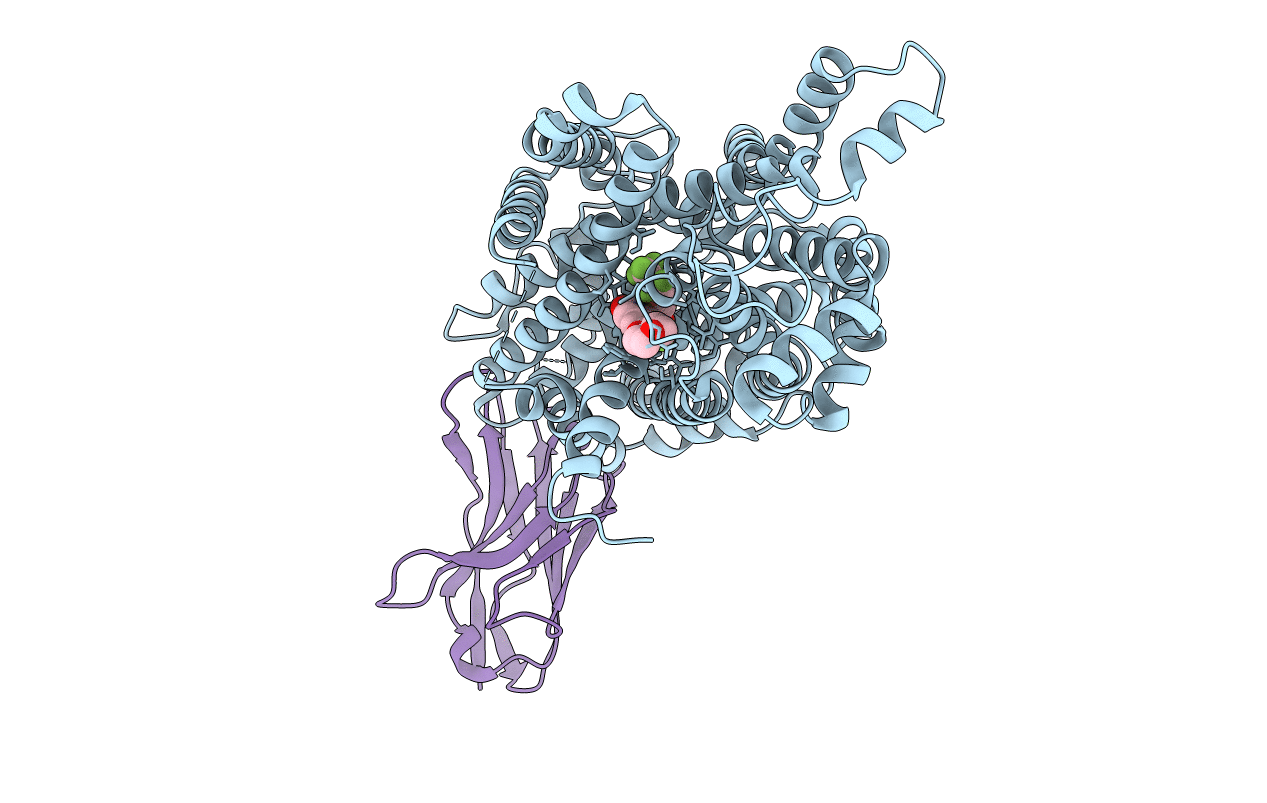
Deposition Date
2020-06-09
Release Date
2021-03-17
Last Version Date
2024-11-20
Entry Detail
PDB ID:
6ZBV
Keywords:
Title:
Inward-open structure of human glycine transporter 1 in complex with a benzoylisoindoline inhibitor and sybody Sb_GlyT1#7
Biological Source:
Source Organism:
Homo sapiens (Taxon ID: 9606)
unidentified (Taxon ID: 32644)
unidentified (Taxon ID: 32644)
Host Organism:
Method Details:
Experimental Method:
Resolution:
3.40 Å
R-Value Free:
0.25
R-Value Work:
0.21
R-Value Observed:
0.21
Space Group:
P 1 21 1


